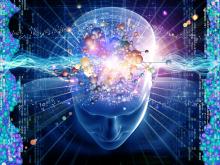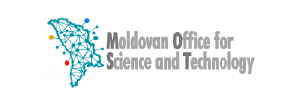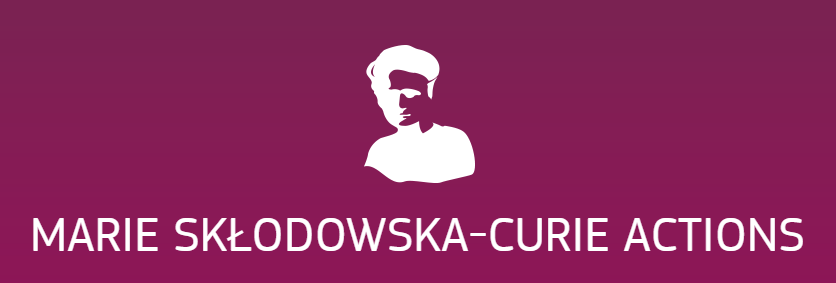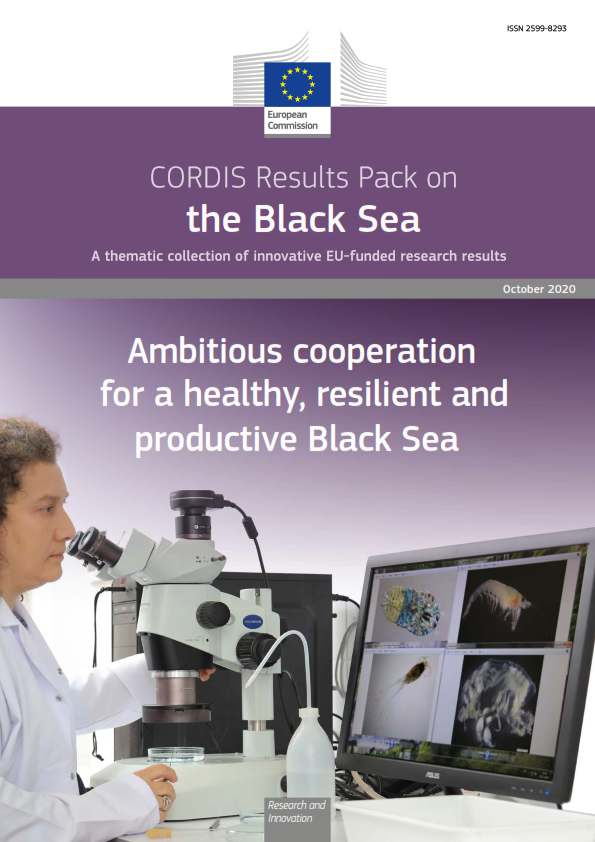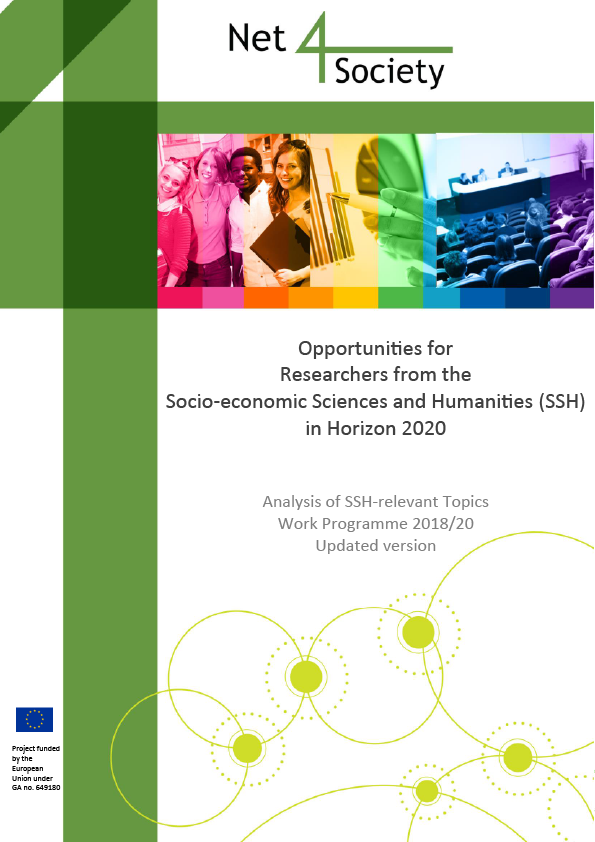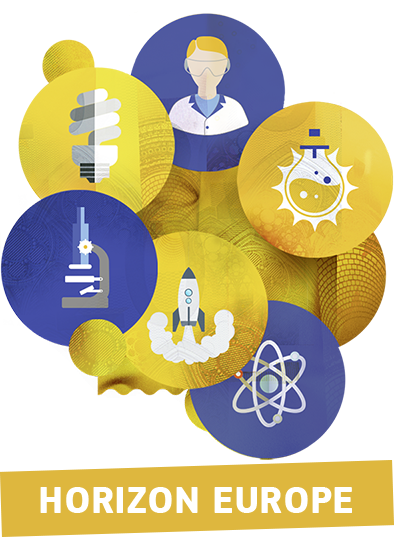Understanding the brain and its various pathologies could benefit millions of people. At the same time, progress in neuroscience is increasingly dependent on advanced technologies. This kind of synergistic cross-disciplinarity is a hallmark of FET research.
With the biggest single investment being the Human Brain Project (HBP) flagship, many smaller projects in FET address neuroscientific topics as well. Under FP7 at least 7 FET proactive initiatives under included neuroscience aspects (19 projects), with a comparable amount funded under FET-Open (16 projects).
Science is only at the beginnings of understanding how the brain works. For instance, the intracellular mechanisms of spike generation are not well understood (BRAINLEAP). Also, existing imaging techniques do not give direct access to connectivity between neurons or between distant brain regions, and connections need to e infered, for instance through computational analysis of spiking patterns of distant neurons (BRAIN-i-NETS, ENLIGHTENMENT, BRAINBOW). Understanding this evolving ‘connectome’ of a developing brain is the subject of CONNECT. The modelling of learning mechanism beyond Hebbian learning, like Spike Time Dependent Plasticity and 3-factor learning rules that model the role of neuromodulators is also an active research topic (e.g., BRAIN-i-NETS, BRAINLEAP, INSIGHT).
A specificity of FET projects in this area is the joint advancement of the different disciplines. For instance projects make new neuroscience possible thanks to the development of new neuroscientific technological tools, like for imaging, stimulation, measurement or for interfacing with neurons: NEUROSEEKER and ENLIGHTENMENT (high-density micro-electrode arrays with optical stimulation), BRAINLEAP and BRAIN STORM (new intracellular recording technology), MAGNETRODES (electromagnetic measurement and spectroscopy at neuron level), CONNECT, HIVE or VERE (combined EEG and Transcranial stimulation), and 3x3D IMAGING (unique 3-site 2-photon imaging microscope) are good examples. It should be noted that there is an evident trend to use Virtual Reality techniques in experiments because they allow a much more precise and repeatable control over multimodal parameters, while reaching levels of ecological (real-life) relevance that are difficult to reach in more classical psycho-physical experimental settings (also for animals, see, e.g. SI ELEGANS).
Optogenetics is a perfect example of such synergy between science and technology that is now enabling entirely new studies and therapies in neuroscience. In 2003, the European breakthrough discovery of the nanoscale optically active cation channel channelrhodopsin-2, made it possible for the first time to photo-stimulate or inhibit individual action potentials at will. This is now leading to several projects that use the idea of optogenetics (NEUROSEEKER, ENLIGHTENMENT, OPTONEURO), developing new technologies for optically enabled micro-electrode arrays, in close collaboration with those developing new channelrhodopsins as well as the high-specificity viral vectors to bring them into target types of cells.
One way to try to understand neurons and brains is by replicating them – a neuro-mimetic appraoch (see CSN and CSNII). This can be through high-performance computing and large-scale neuromorphic simulators in silicon (as at the core of HBP, and also in BrainScales), but also with less conventional hardware inspired by careful observation of neurobiology (for instance BION, RAMP, SECO). In some cases real-time performance is required to interface with the dynamics of biological neurons (BRAINBOW, SI-CODE, REALNET). An entirely different approach is to build a biological brain 'bottom-up', attempting the controlled growth of cells and connections in 3 dimensions, and thus allowing a more systematic structural and dynamical investigation of biological neuronal tissue (3DNeuron, ENLIGHTENMENT and to some extent BoC).
Neural prosthetics is the topic of a large group of projects. For instance EVRYON, OPTONEURO, RENACHIP or CORTICONIC. This is either by connecting to the peripheral nervous system (CLONS, NEBIAS) or directly to the brain cortex or hippocampus. In the peripheral class, there is also strong activity on linking neurons with neuro- or bio-morphic devices like artificial eyes (EMORPH, CURVACE, SEEBETTER, RENVISION, VISUALISE) and other sensors (NEUROCHEM, BIOTACT, CLONS), relying on deep neuroscientific collaboration of the biological sensory systems. Engineering reliable electrodes with good selectivity and sensitivity is a key enabler for future capabilities in this area, including for lasting implants.
Spatial cognition is one of the first areas where neuroscience is starting to have a 'vertical' understanding of what is going on when animals and people demonstrate capacities of way finding and spatial memory. In GRIDMAP Nobel laureates Edvard and May-Brit Moser start from their discovery of the mechanism for the neural mapping of space encoded by 'grid cells' which provides direct-access to some of the fundamental operating principles of the cortex. Both GRIDMAP and SPACECOG aim to understand aspects of neuronal spatial processing in sufficient detail to implement a computational architecture based on a neural model of spatial orientation, update, memory and attention. Other projects are pioneering in cognitive neural implants, potentially providing tools to act directly on memory impairment (ENLIGHTENMENT, BRAINBOW), on problem solving or language learning (INSIGHT) on the transfer of meaningful information from and to the brain (SI-CODE, CORTICONIC, MIND SEE), as well as between brains (HIVE , CORONET). A deeper neuroscientific understanding of psycho-physical phenomena can lead to fascinating ideas for new uses of technology. For example, VERE aims at inducing the illusion of remote body ownership with virtual or physical surrogates using a brain and body computer interface (BBCI) based on EEG and other physiological data.
Invariably these projects create new perspectives for applications, like new forms of computing, new therapeutic approaches or new kinds of neural prosthesis. Some projects involve small high-tech companies that target the market of neuroscience and laboratory equipment, or that have particular aims for specific niches in this field (e.g., restoring vision). Projects like these can lead to practical results, often after a long time. A well-documented recent case on a hand prosthesis is described here. Starting from initial projects in FET more than 10 years ago, CYBERHAND and NEUROBOTICS in particular, clinical trials have recently been achieved with a touch-sensitive artificial hand by the NEBIAS project, a world-class breakthrough for neurosciences with real impact on people and society.


